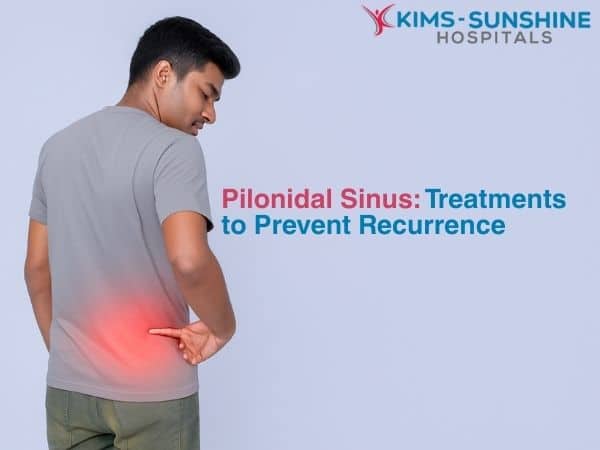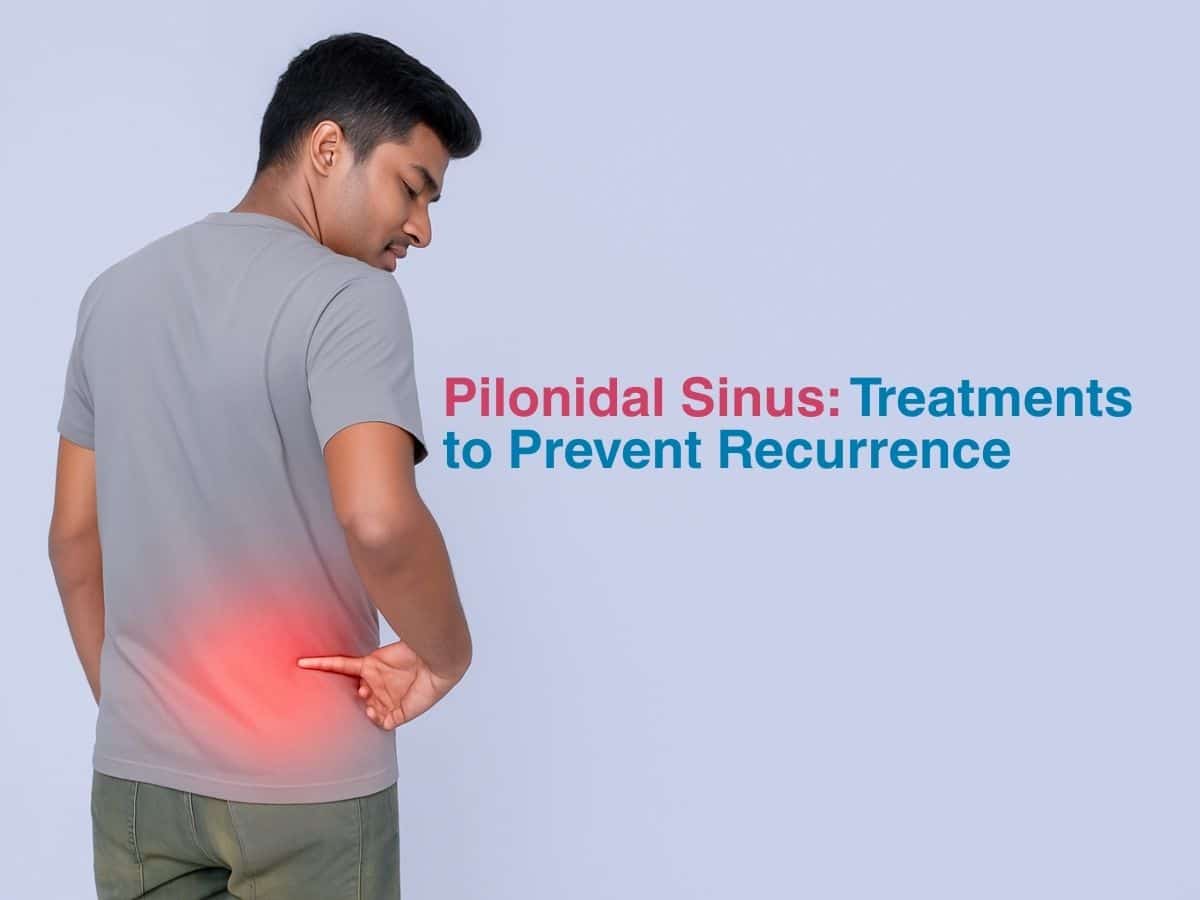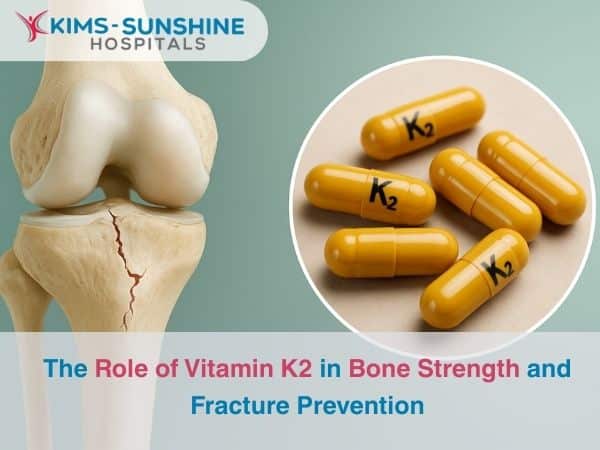
Pilonidal Sinus: Treatments to Prevent Recurrence
A pilonidal sinus is a small tunnel like sinus that forms under the skin just above the butt crease, where ingrown hair, debris and other substances can get lodged. The immune system then thinks there is an infection in that spot and tries to get rid of it by launching an immune response which can result in the formation of pus or oozing in that area. For many people, this issue can be taken care of with just simple, preventive measures but for people with recurring pilonidal sinus occurrence- surgery may be a better option. It can smell bad and may also bleed for many people and more specialised treatment may be needed to deal with it.
Pilonidal Sinus Treatment Without Surgery
Doctors think that there is a hormonal component to this skin disorder as it occurs only after puberty and strikes people who sit for long hours. If you notice any redness, swelling or pus formation just above your butt crease, and are not able to sit comfortably, then it may be time to get help. Conservative treatment approaches include-
- Using a broad spectrum antibiotic cream and paying close attention to keeping the area clean and dry.
- Lancing– where your doctor will use an anaesthetic agent on the site and then clear the pus, debris and other substances from the abscess. Then, the wound is dressed like a normal wound and you will get better in a few weeks.
- Phenol injections may be given repeatedly, every time it recurs- so that the lesion can harden and close on its own.
Laser Treatment For Pilonidal Sinus
This is a minimally invasive surgical procedure where your doctor will first anaesthetise you and then make a small incision on the affected area. It will be drained thoroughly and all pus, hair, skin debris will be removed, after which a laser beam emitted by a laser fibre will be used to close off the cut. This approach is good for many cases, but may not be the right one for people with severe recurrent pilonidal sinuses or for complex cases, when multiple sinuses are involved.
Diet And Hygiene Tips For Pilonidal Sinus Patients
General tips that can help greatly include-
- You will need to be extra careful with keeping the area clean and hair free. Shaving may not be a great idea as it can cause ingrown hairs too. Using a soft brush to scrub can help too. Dry the area very well afterwards, so there is no moisture present.
- Avoid sitting in the same spot for a very long time or wearing clothes that may be too tight or cause friction.
- You will need to focus on eating well, getting enough fibre and water on a daily basis and pay special attention to personal hygiene to prevent recurrences.
Conclusion
A pilonidal sinus is a rather common dermatological condition that affects almost 6% of the Indian population. It affects more men than women. More research is needed to understand why it only affects some people specifically, though ingrown hairs may not be the only cause for it. Proper hygiene and wound dressing will need to be done to prevent the infection from getting worse and to encourage quick healing. Surgery is only offered when no other options seem to work. Conservative treatments are more than enough for a majority of affected individuals.







